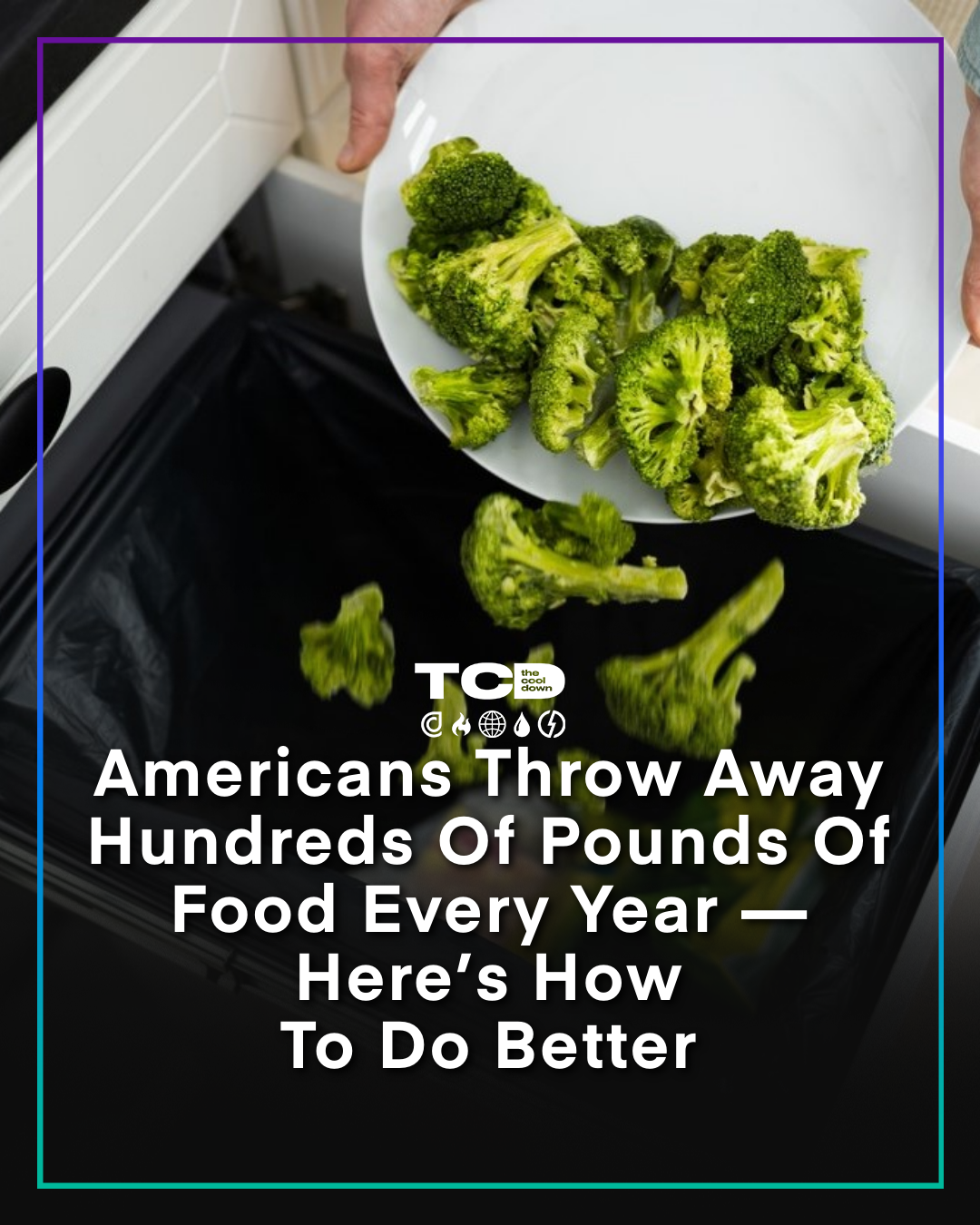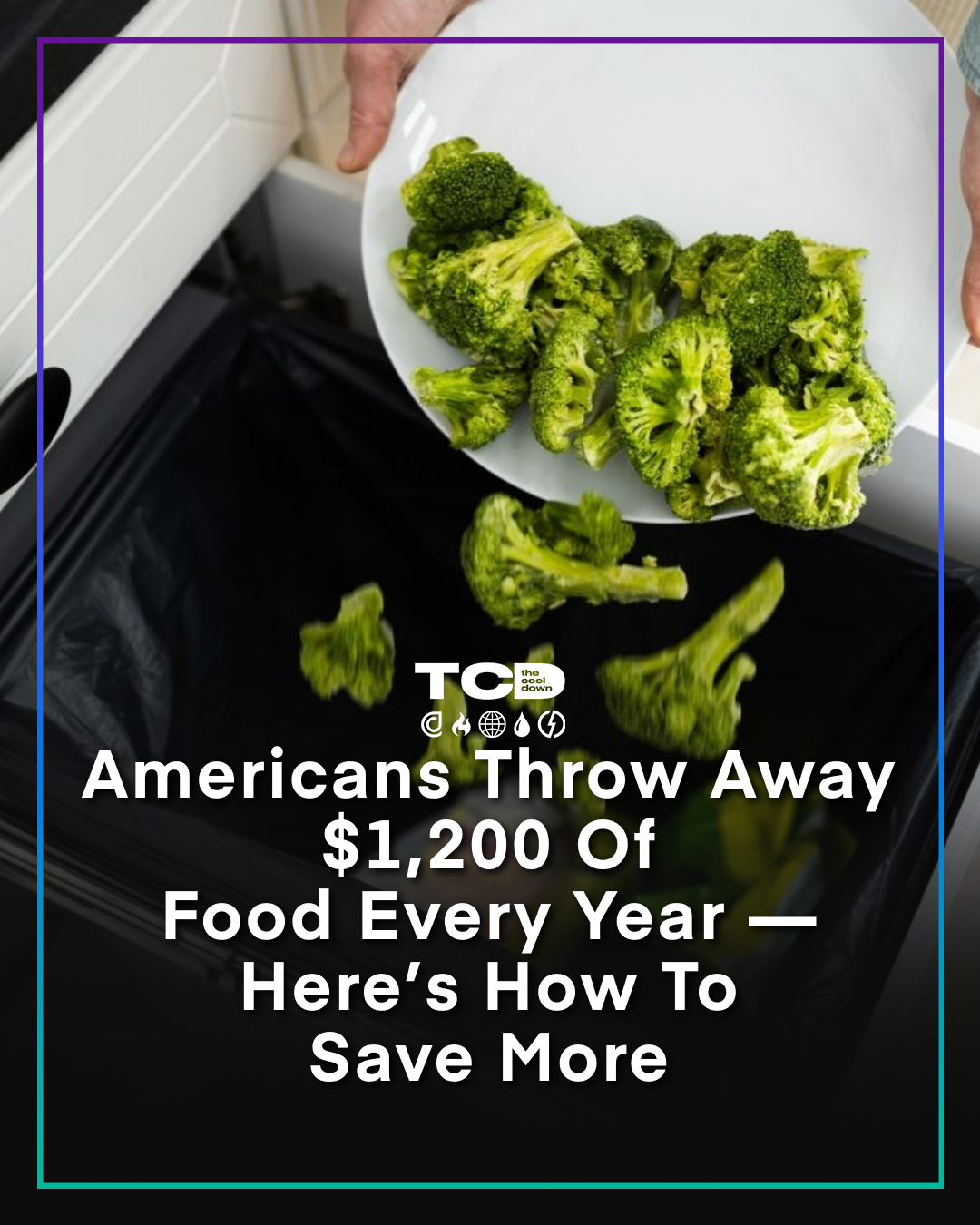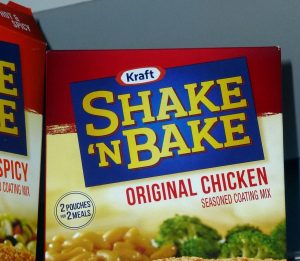Setup
The focus of the test was how brands can most effectively motivate consumers to reduce their food waste. To that end, the two assets were designed to test performance across the following A/B split:
- AMessaging strategies focused on waste reduction
- BMessaging strategies focused on money savings
 A
A
 B
B
Test Results
Attention Share and Engagement Share reflect the percentage of test-wide scoring accounted for by individual variants or demographics. Read more below in the Methodology section.
Aggregate Insights
The balanced scoring suggests that consumers are comparably motivated by money savings and waste reduction.
An optimal marketing strategy would marry both value props to maximize consumer incentives.
The moderate engagement advantage of the waste-reduction message suggests that consumers may be more passionate about waste reduction than money savings.
Gender-based attention and engagement shares reflect the relative attention or engagement per gender for each variant. Read more below in the Methodology section.
Gender Insights
The male audience paid markedly less attention to the waste-reduction message but engaged with it at a markedly higher rate.
The female audience paid more attention than the male audience overall to both messages but engaged less overall, especially with the waste-reduction message.
Further testing could explore different waste-reduction messaging strategies with the male audience — e.g., a focus on being a less wasteful person vs. specific quantitative goals — in an attempt to break through the attention wall and unlock the engagement potential.
Age-based attention and engagement shares reflect the relative attention or engagement per age bracket for each variant. Read more below in the Methodology section.
Age Insights
The test population skewed toward participants 55 and older, with the 65+ segment showing an engagement preference for the money-saving message.
With a small sample size, participants under 35 demonstrated a strong attention and engagement preference for the waste-reduction message.
Further testing could explicitly target younger audiences to determine whether the directional data from this sample holds true at scale.
Methodology
This test was conducted with two message variants and a prequalified TCD audience of 5,011 likely adopters. Among those participants, 6.1% paid measurable attention to the test assets and 1% registered measurable engagement.
Attention Score measures the likelihood that a message will capture eyeballs in the wild. It’s calculated using the rate at which test participants respond to a CTA to learn more about the subject.
Engagement Score measures the likelihood that a message will elicit a meaningful response from the audience. It’s calculated using a proprietary algorithm that weights measurable metrics — shares, saves, likes, etc. — in a way that has proven to be meaningfully correlated (r > .5) to real-world conversion behavior.
Attention Share and Engagement Share reflect the percentage of test-wide scoring accounted for by individual variants or demographics. For example, an engagement share of 25% means the variant or demographic in question accounted for 25% of the cumulative engagement score produced by all segments in the test.







